Trace Fossils
Imagine the squelch!
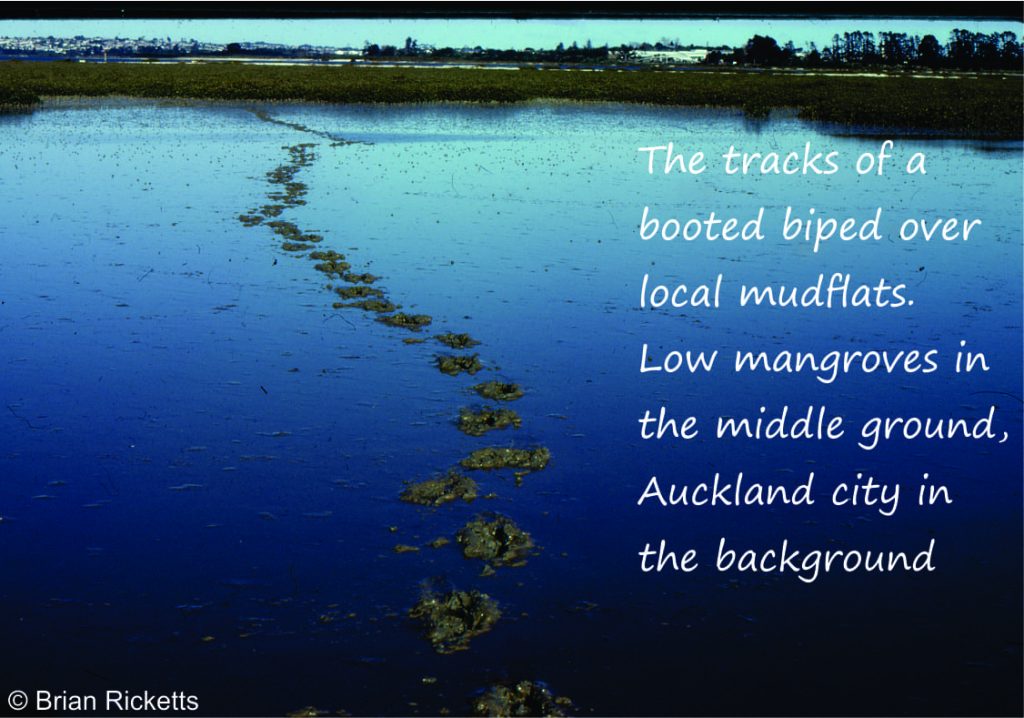
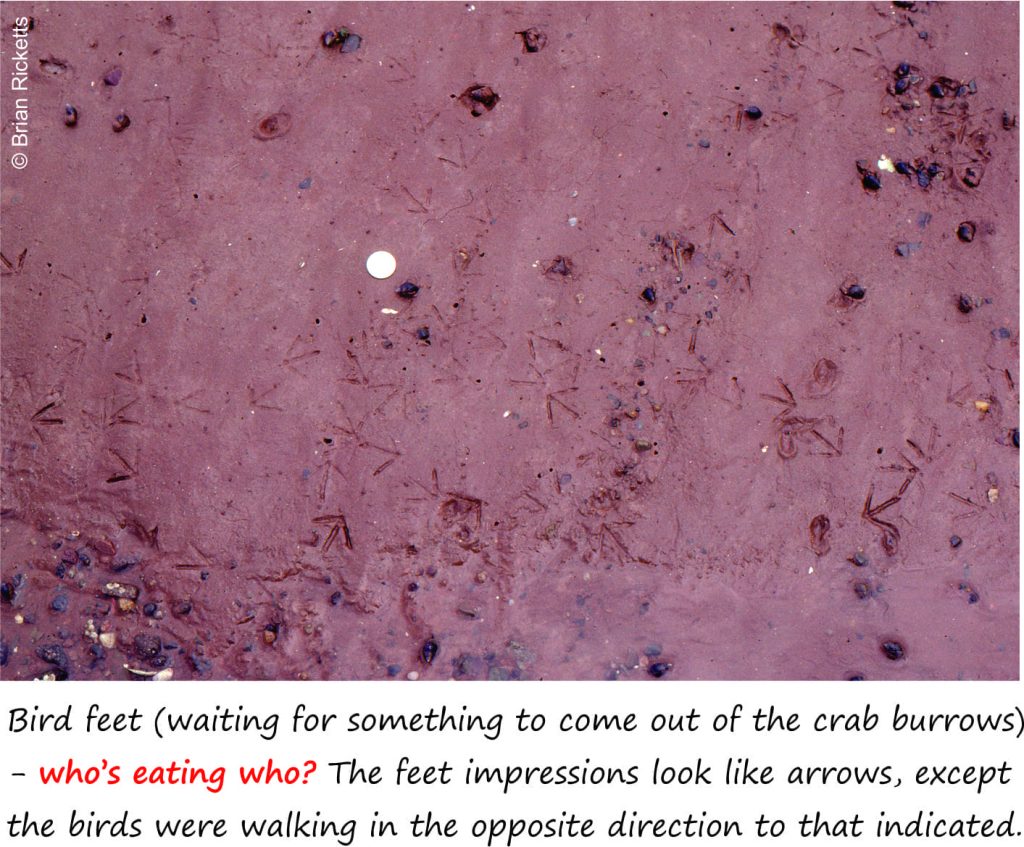
Footprints of people, birds, and dogs at the beach. Most of us have probably seen this kind of thing. Look a little closer and you will see other markings in the sand or mud – skinny trails meandering across the surface, or burrows.
Sometimes you will see the critter that made these. We can also observe structures like these preserved in many kinds of sedimentary rock; we call them Trace Fossils. The study of trace fossils is also called Ichnology (a branch of Paleontology), but we’ll stick to the more intuitive name trace fossil.
Animals doing things
As the name suggests, trace fossils are what is left of the activity of some ancient critter, from dinosaurs to sand hoppers, moving within or along the surface of sand and mud, or simply resting on the surface. Trace fossils are common. Pretty well anywhere there is life, there is also the potential for trace fossils: the sea floor, the bottom of lakes and rivers, sand dunes, or soils. Usually we do NOT see the animal that made any particular fossil trace. This is where the principle The present is the key to the past (discussed in the previous post) really comes into its own. Studying modern critters and the traces they leave gives us an excellent starting point for deciphering the ancient structures we see in rocks.
Trace fossils don’t contain body parts, skeletons or shells. As such, there are some important differences between ‘body’ fossils (those that most people are familiar with like shellfish, dinosaurs, trilobites) and trace fossils.
- Trace fossils represent animal behaviour rather than the animal itself.
- A critter may make more than one kind of trace depending on what it is doing at the time. For example, a crab that is feeding may make a surface trail that indicates a certain grazing pattern, and excavate a simple burrow for its home.

- The same behaviour in an animal (like feeding, or moving house) may leave different kinds of traces depending on whether they are moving over (or within) sand or mud.
- Different animals can make the same or similar kinds of traces.
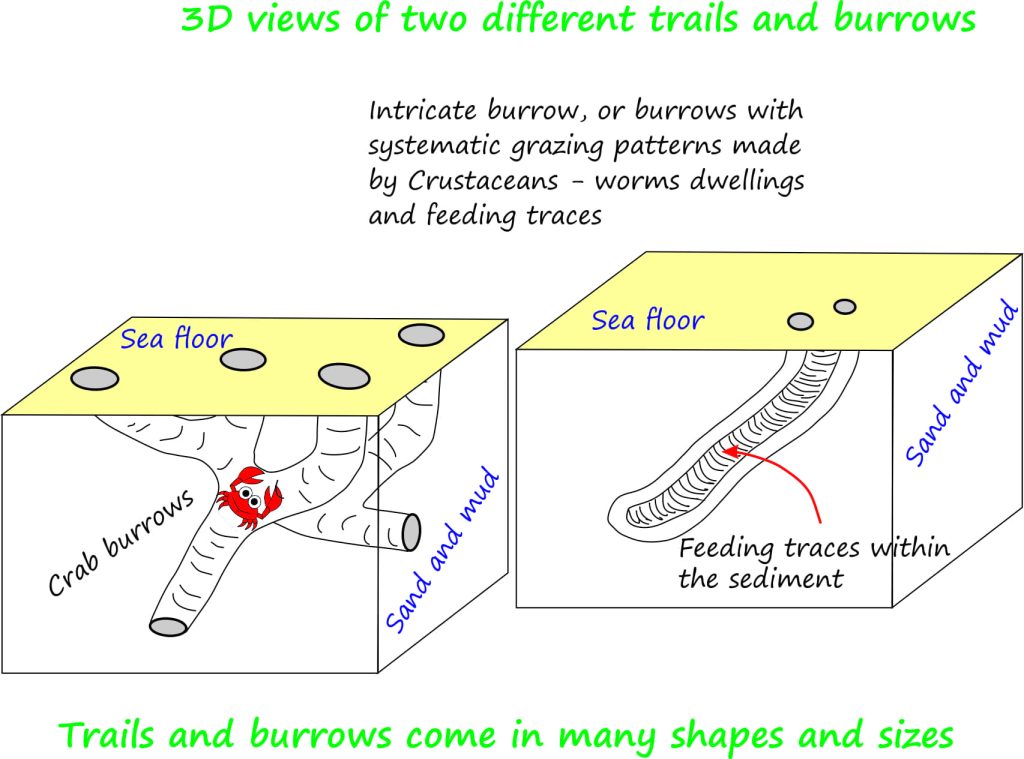
This variability tends to make life difficult for the person studying trace fossils. However, unlike the paleontologist who is concerned with (among other things) the proper name for a particular beast (i.e. its Genus and species ), the trace fossil specialist will be more concerned with what the fossil traces mean in terms of:
- Animal behaviour – does the trace represent feeding, dwelling, escaping, travelling from point A to point B, and so on?
- If there are several different kinds of trace, do they tell us something about who was living at that particular location and who visited them for a feed? These studies can tell us a great deal about how animals in ancient communities interacted with each other.
- Do the traces help us decide whether the animals were in deep oceans, shallow fresh water lakes, a sandy beach, or inland dunes?
- Do the traces change from one layer to the next layer above. If this is the case does it indicate that the environment changed?
- If the kinds of traces do change from one layer to the next, does this indicate missing time?
If we are able to answer any or all of these questions then we have gained a lot of very useful information.
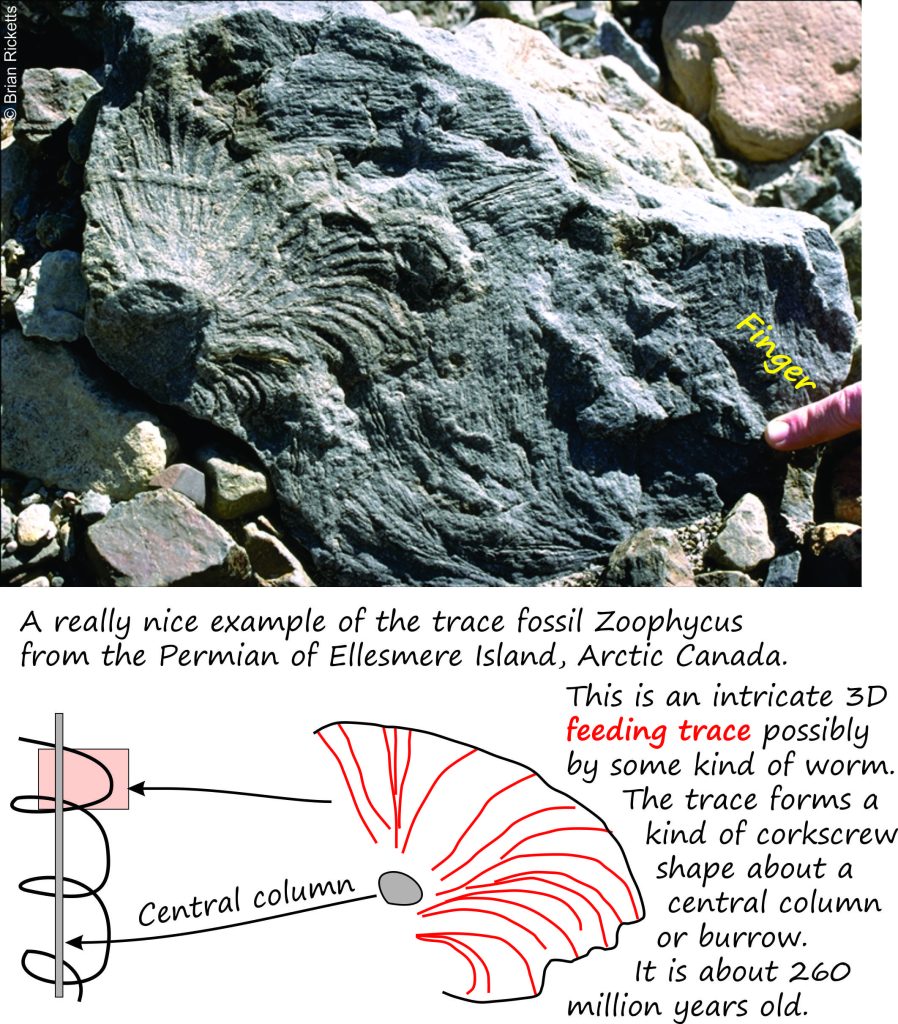
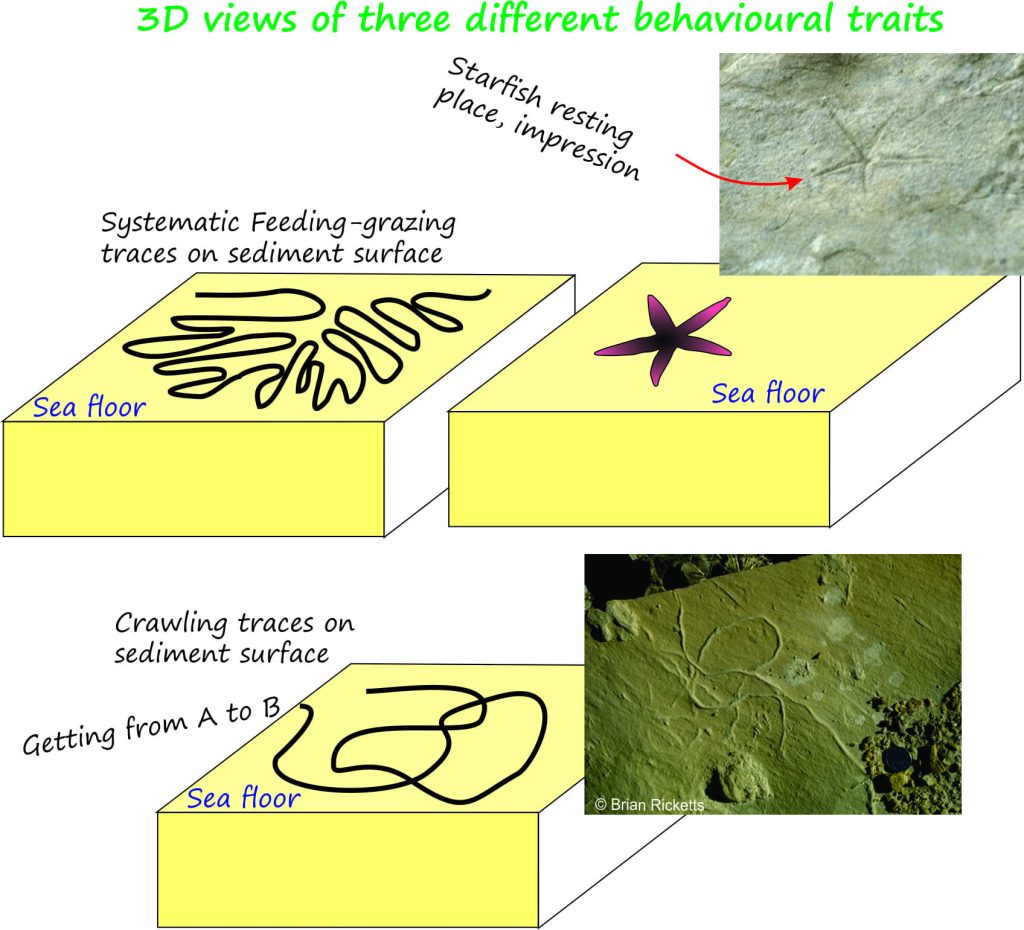
Preservation
Body fossils like mussels and clams have a high preservation potential. What does this mean? Shells and skeletons tend to be hard, hence they have a high probability of survival after death, even if subjected to fairly vigorous movement from one place to another. We regard these as having high preservation potential. Trace fossils on the other hand tend to have low preservation potential. Consider the following scenario:
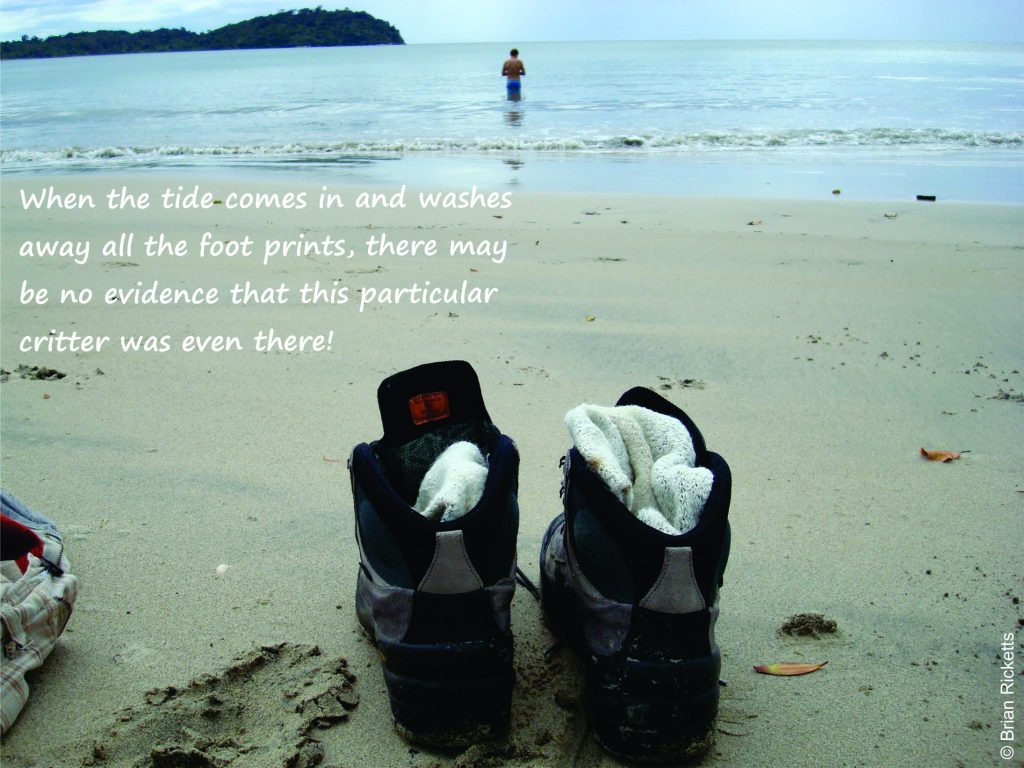
You are walking across a beach, leaving footprints in the sand. How easy, or difficult would it be to preserve these so that, say in a million years, some future geologist could find them? To make certain they are preserved, they need to be buried in sediment (sand, mud) fairly quickly. Why? Because the next set of waves washing up the beach will eradicate them. Your footprints on the beach have very low preservation potential.
Trace fossils in context
Animal tracks and traces provide another tool for the geologist who is intent on interpreting ancient environments. They are especially useful when used in conjunction with body fossils (like seashells) and other sedimentary structures (like crossbeds) that have a purely physical rather than a biological origin.
Trace fossils have their own, probably understated fascination. Sure they are not quite as popular as a really nice trilobite or sea urchin specimen, but they are no less intriguing with their inherent complexity and commonly ornate trace patterns.
In many rocks where body fossils are rare, these traces are the only evidence that someone passed this way.
Useful Links
Kansas University Ichnology Lab has lots of info and examples of trace fossils
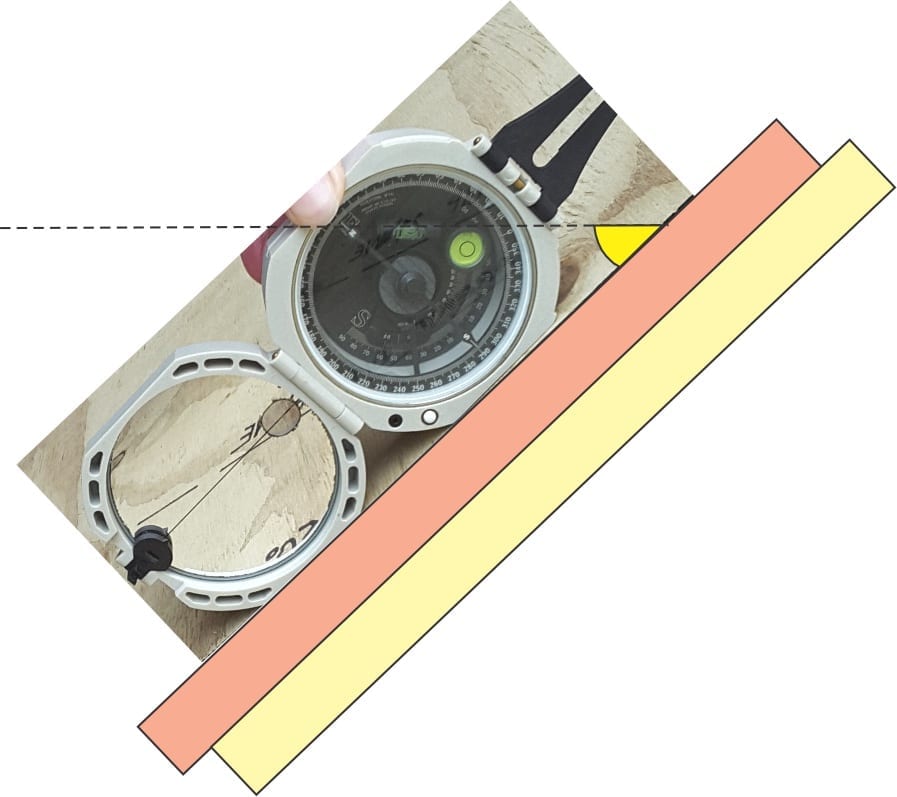
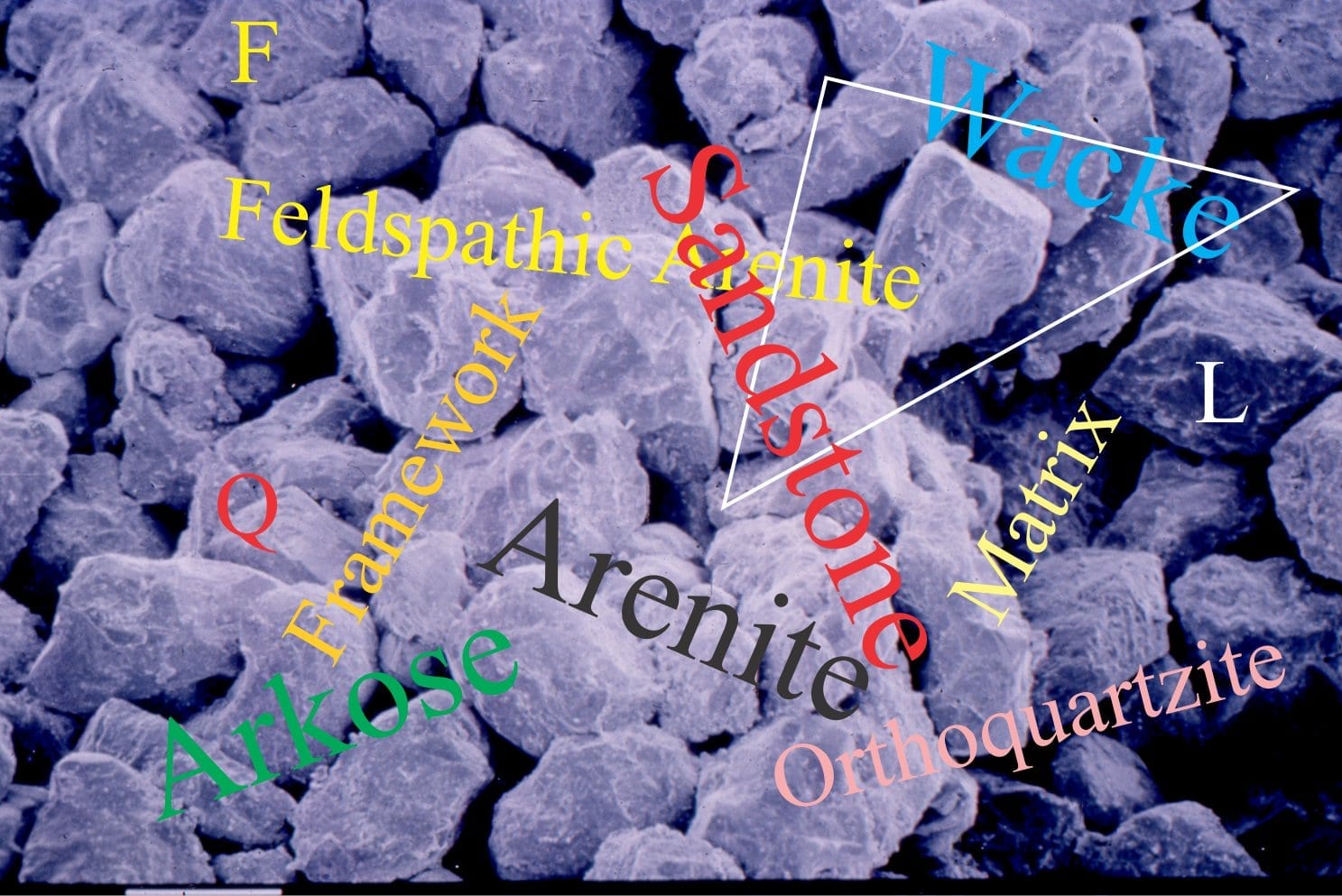
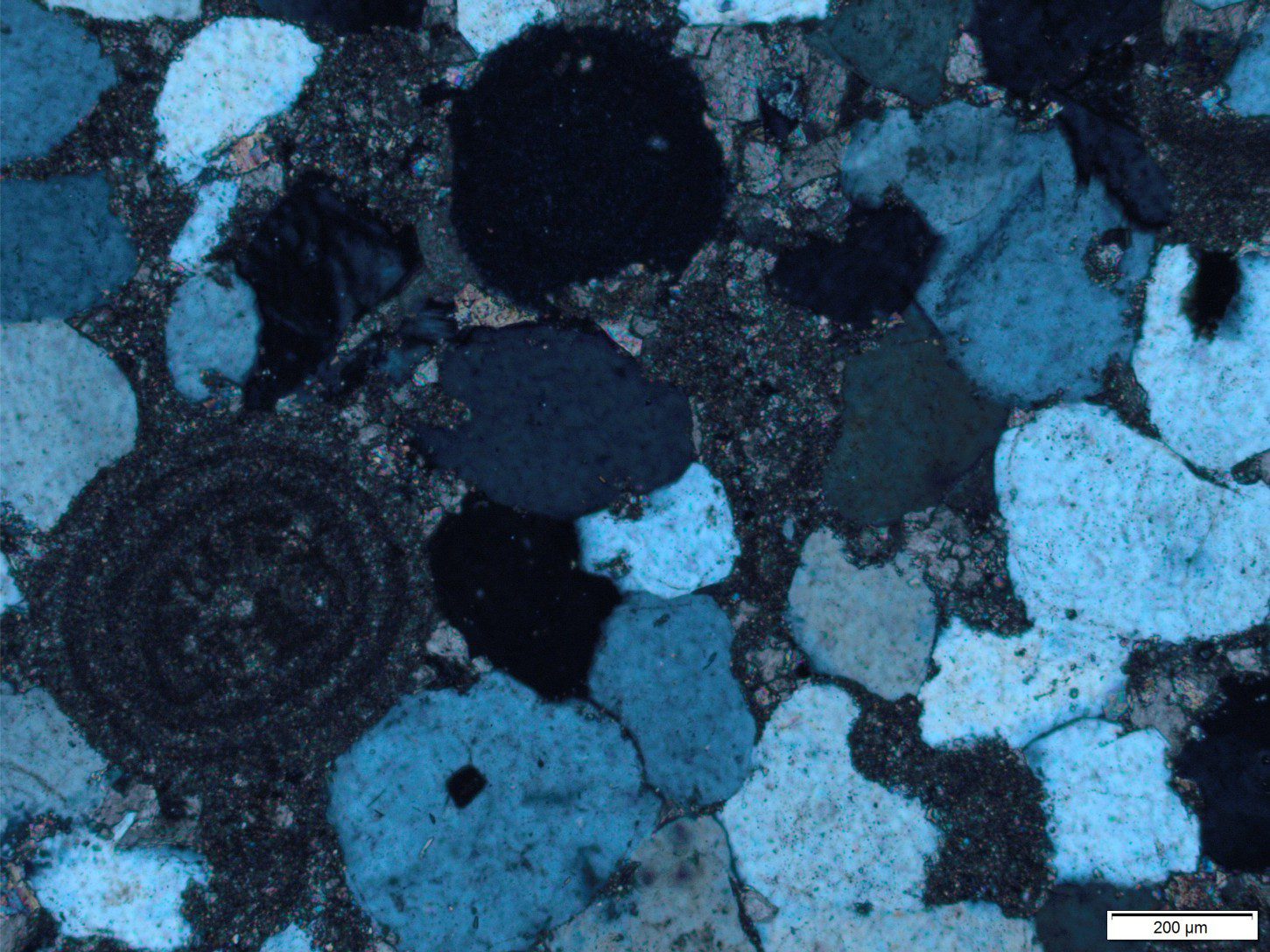
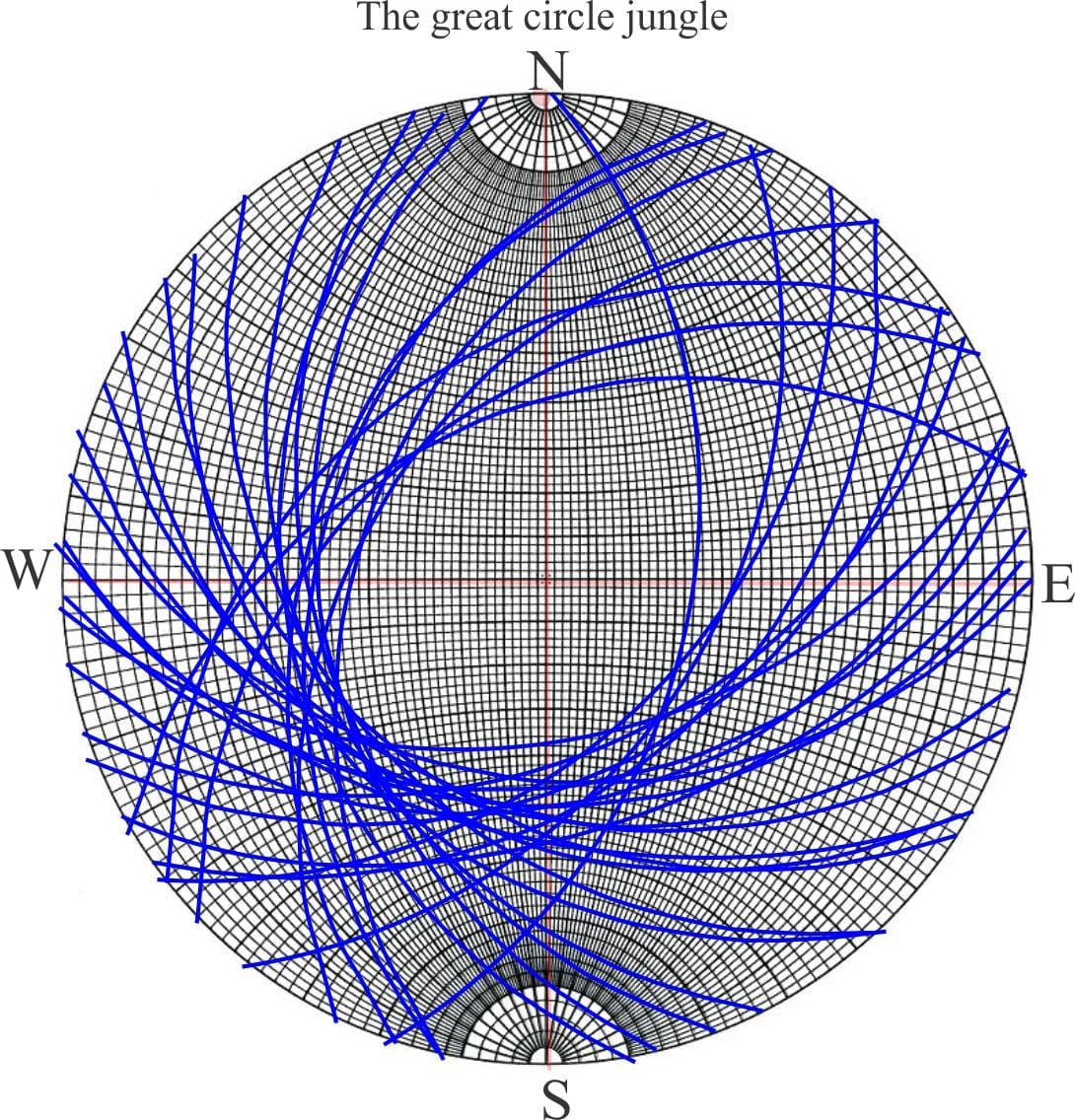
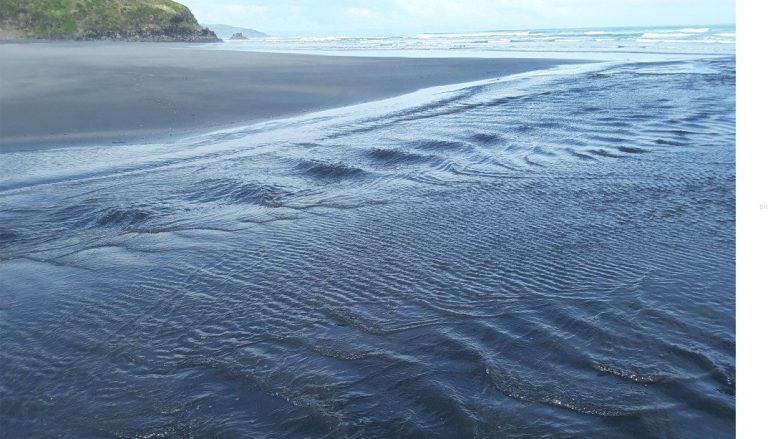
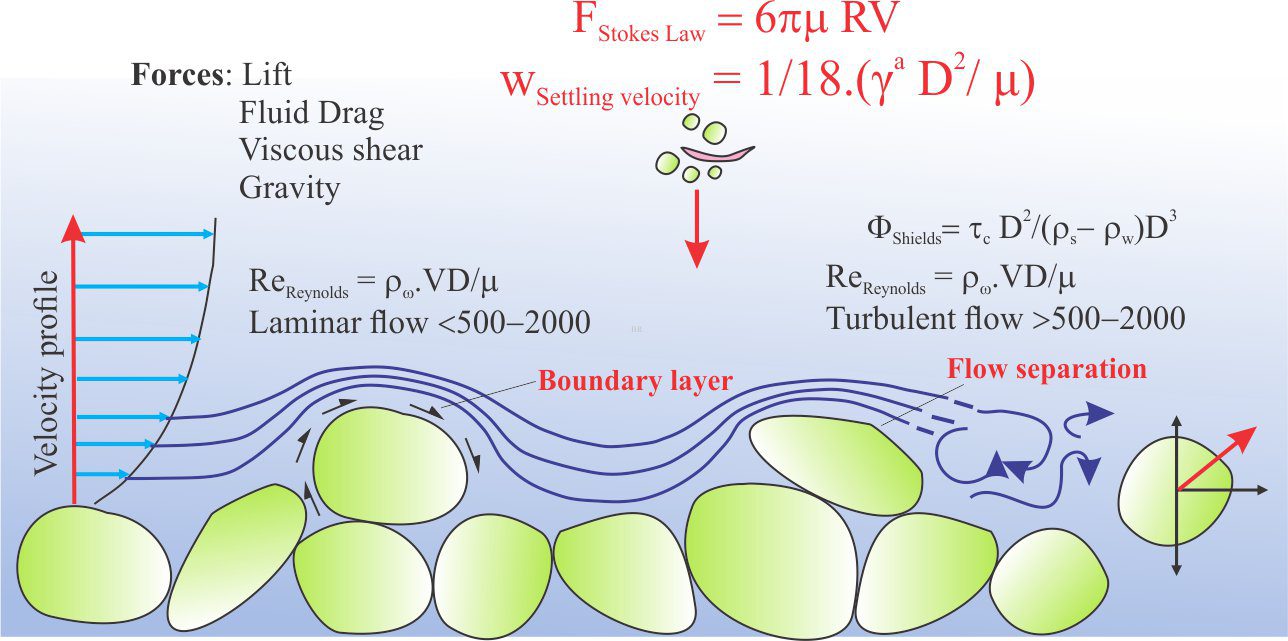
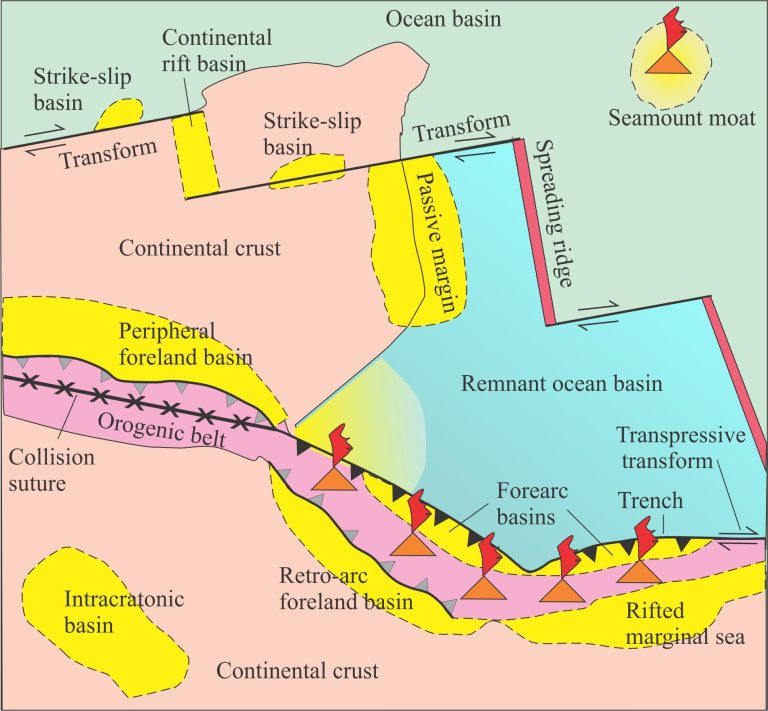
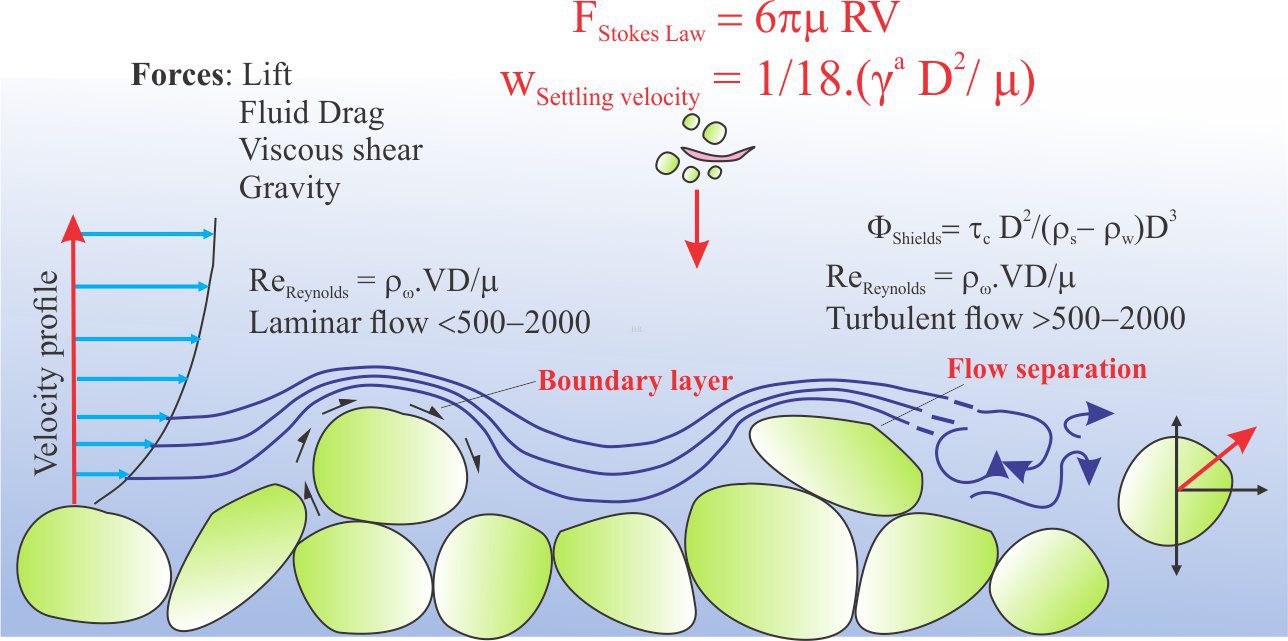
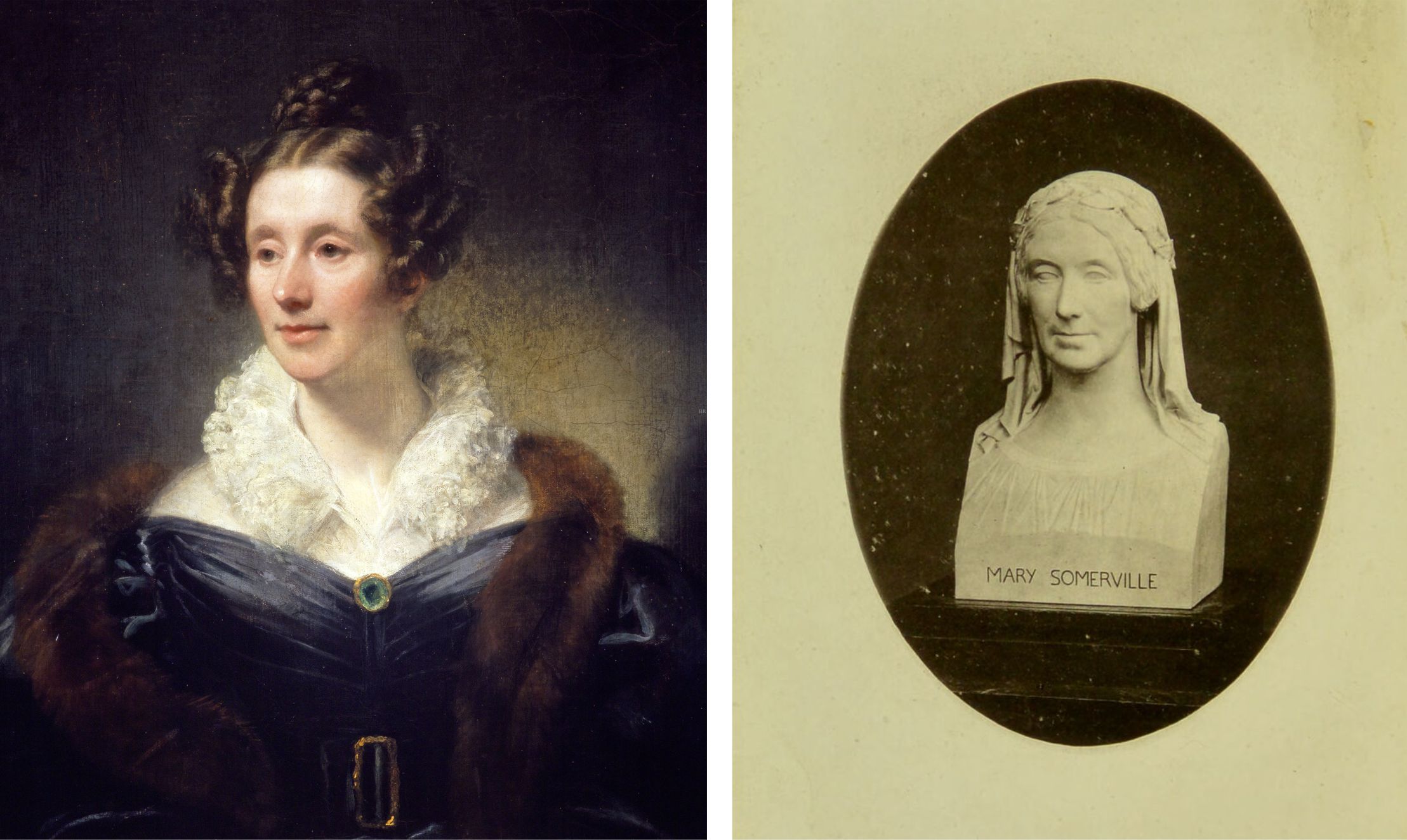
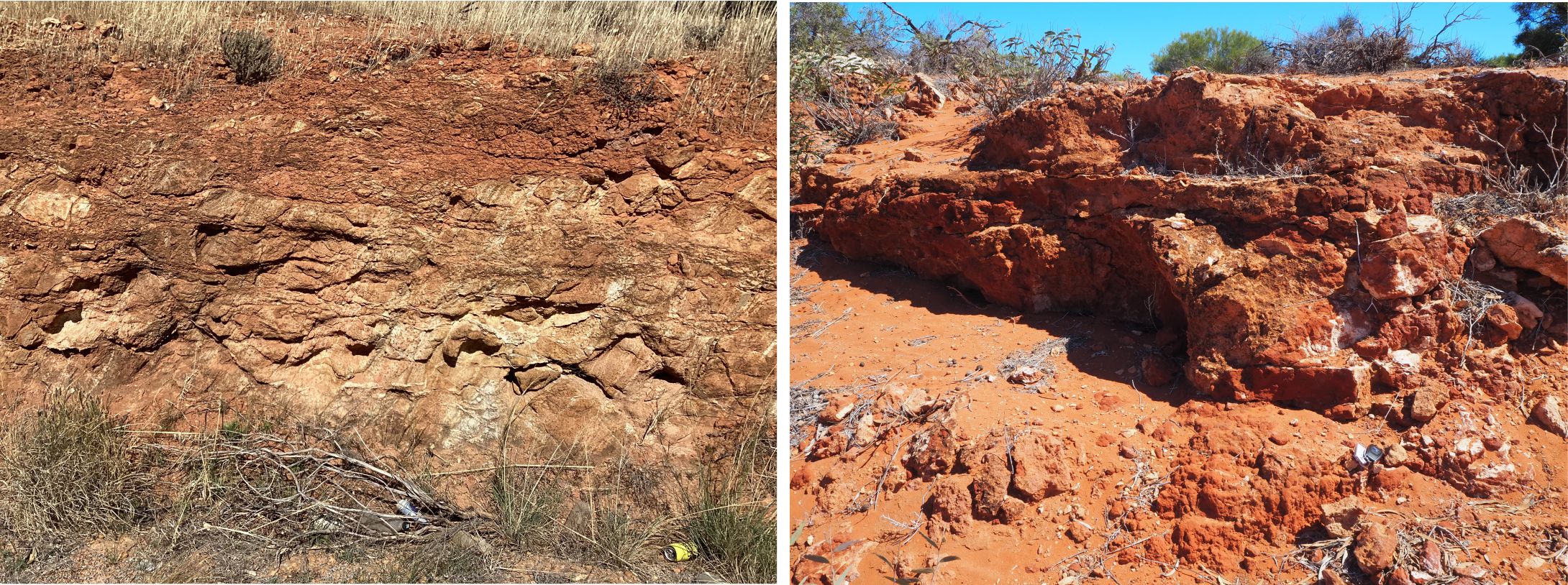

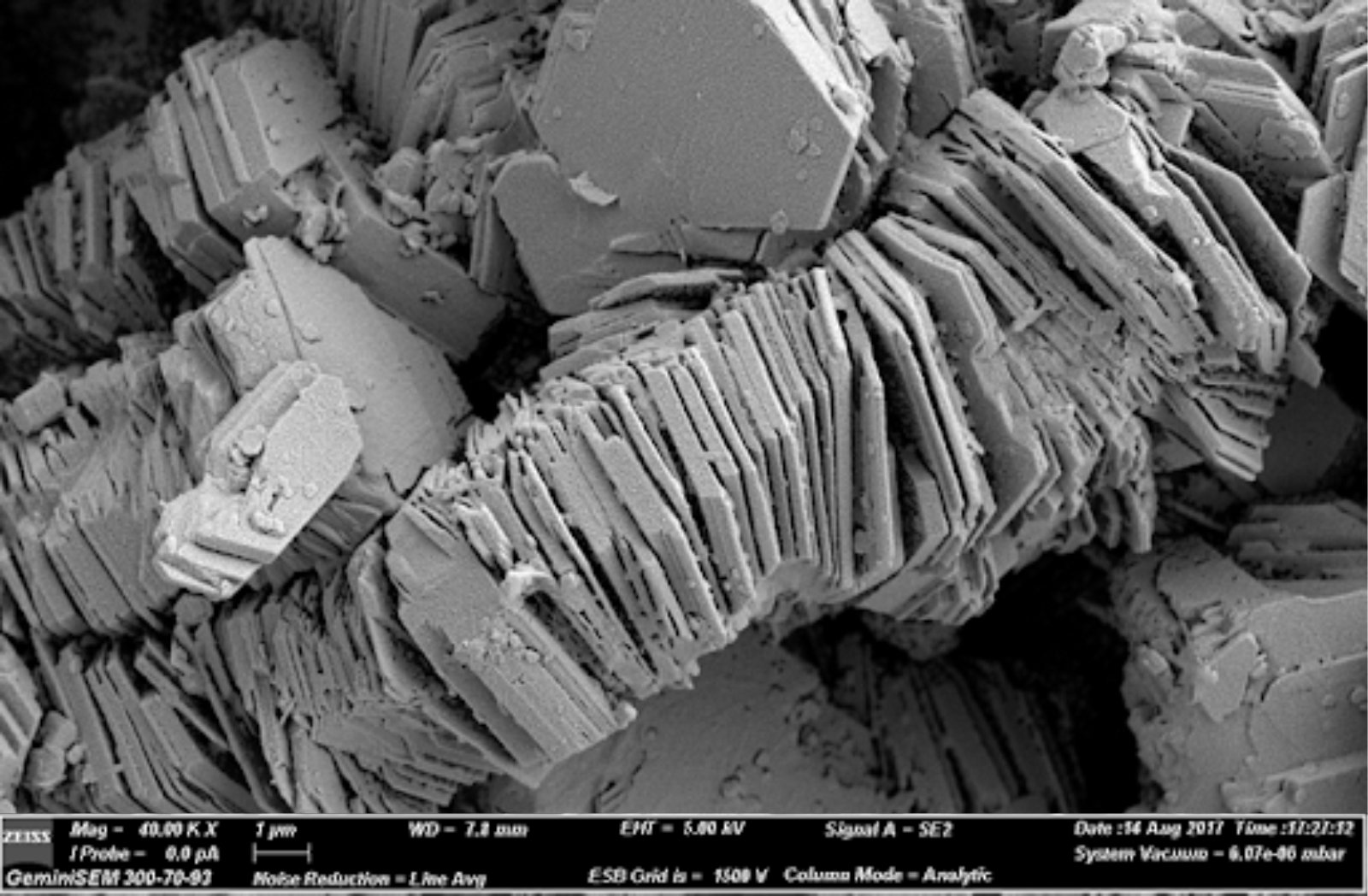


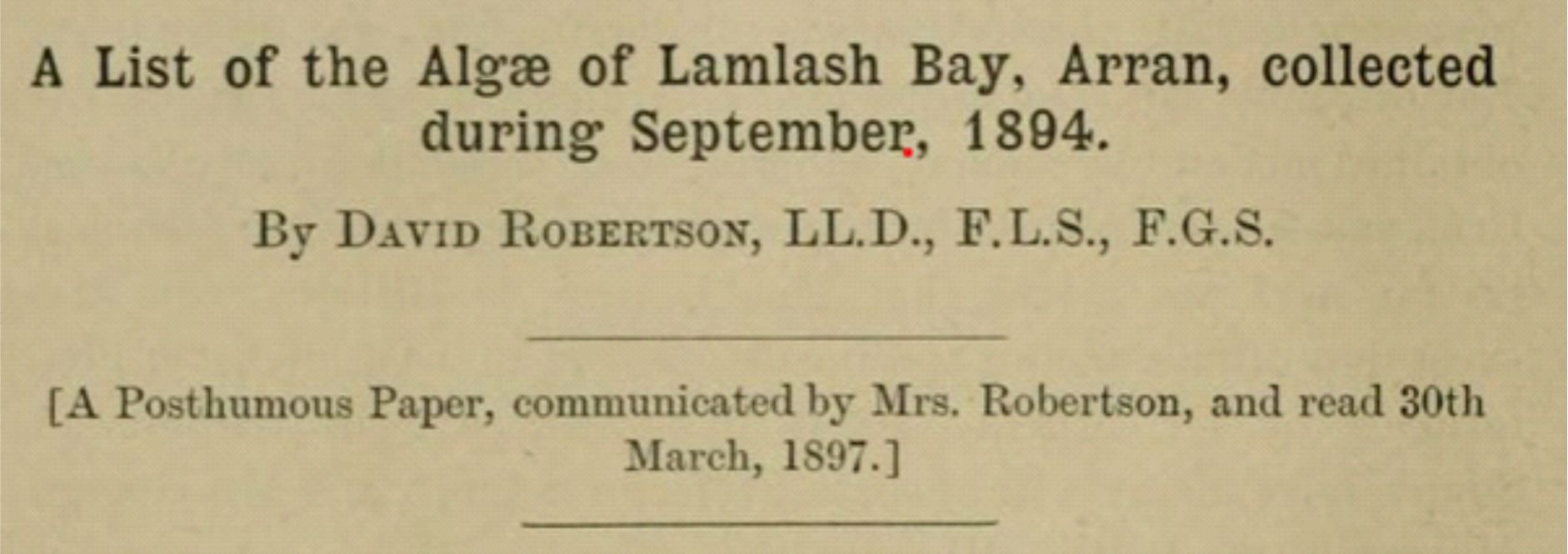
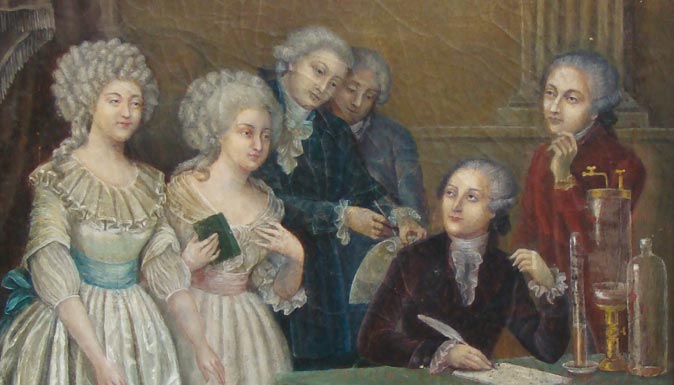
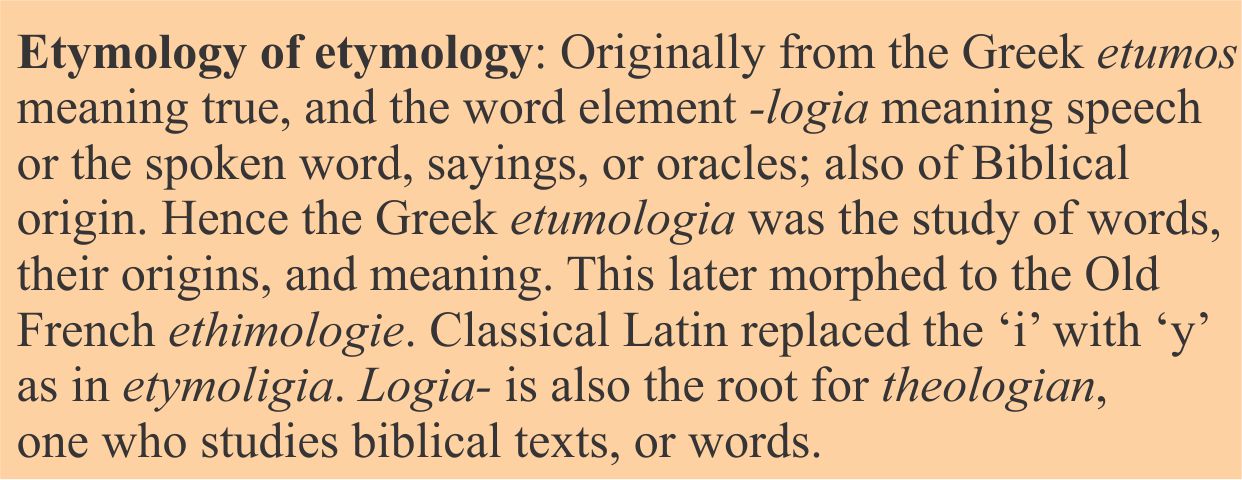

2 thoughts on “Someone passed this way: Tracks, trails, impressions, and footprints”
Pingback: Thirty Gemstone Beach Pebbles for Doug: Part Two – Stones 6 to 11 – TumbleStone
Pingback: August 2025 Stone Collecting Trip – Part 11, Puffer Jacket and Woollen Hat and Scarf: A Winter Morning Fossick on Gemstone Beach, Thursday 14 August – TumbleStone